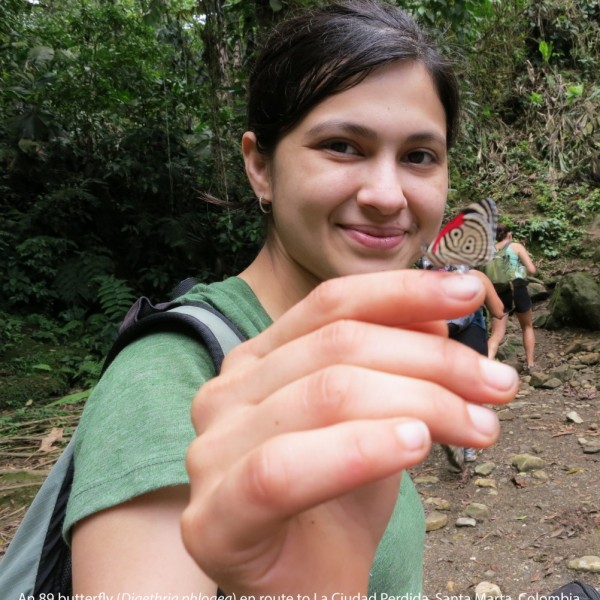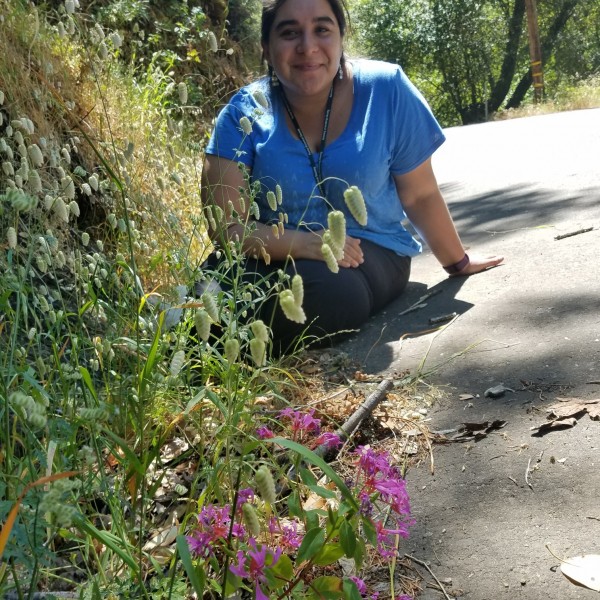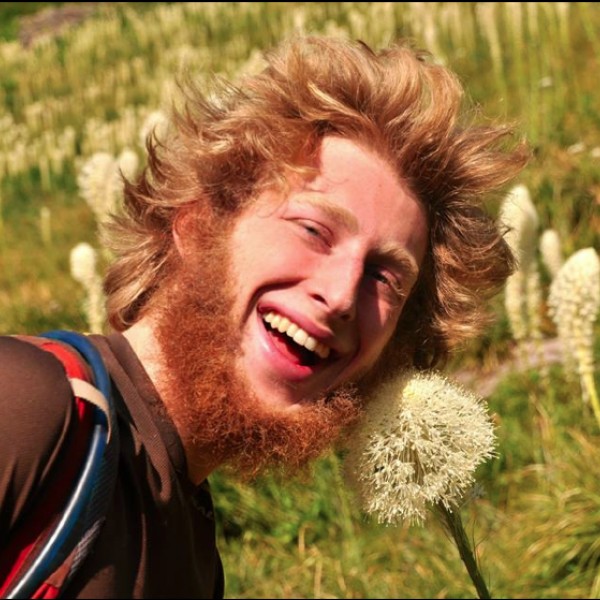Scent variation: its role in attracting both pollinators and herbivores in Evening Primroses 2015
Southwestern US (UT, TX, CO, NM, AZ, CA) and Chicago Botanic Garden
Ecology, Genetics, Population Biology, Reproductive Biology
The plant tribe Onagreae (Onagraceae; the evening primrose family) and its associated insects pollinators (Sphingidae hawkmoth) and herbivores (Mompha microlepidoptera and Hawkmoth larvae) is a model systems for studying the role of floral scent in shaping the evolution of plants and their associated organisms across western North America. Floral scent is known to be an important trait in attraction and fidelity of pollinators and floral visitors. However, there is growing evidence that scent also functions in plant defense, affecting not only interactions between plants and floral mutualists (pollinators) but also plant enemies (herbivores, floral seed predators). In several lineages of Onagraceae, floral scent chemistry appears to be at the nexus of these interactions. We have documented year- and site-specific variation in floral traits and the abundance and identity of visitors in two species of Oenothera and we are interested in expanding this study to determine if this population level variation is found in other species within the Onagreae tribe. We are looking for two students to work with a teams based out in Southwestern United States to investigate, scent, floral traits, pollination and herbivory in other species of Oenothera. These students will be spending large periods of time in the field conducting pollinator observation, collecting and identifying insects and measuring floral traits. These students will be in charge of bringing these samples back to the Chicago Botanic Garden for processing and cataloging.









